Have you ever felt like your cat just knows when you’re sad or under the weather? It’s a feeling many cat lovers share—a sense that their feline friend is somehow tuned in to their emotions. But is this just wishful thinking, or is there real science behind it? The world of feline empathy is filled with surprises, heartwarming stories, and even a few mysteries. Let’s pull back the curtain and explore what the latest research really says about our cats’ capacity for empathy, understanding, and emotional connection. Whether you’ve shared your secrets with a purring companion or been comforted by a gentle headbutt on a rough day, this journey into the feline mind might just change the way you see your whiskered roommate forever.
What Exactly Is Empathy?

Empathy is a simple word with a surprisingly complex meaning. At its core, empathy is the ability to understand and share the feelings of another being. For humans, this can look like offering a comforting hug or simply listening when a friend needs to talk. When we talk about animals, though, the lines get blurrier. Does empathy mean mirroring emotions, responding to them, or just noticing them? Scientists have spent years wrestling with these questions. Most agree that empathy exists on a spectrum, from basic awareness to deep emotional resonance. For cats, figuring out where they fall on this spectrum is where the intrigue begins.
The Unique Social Lives of Cats
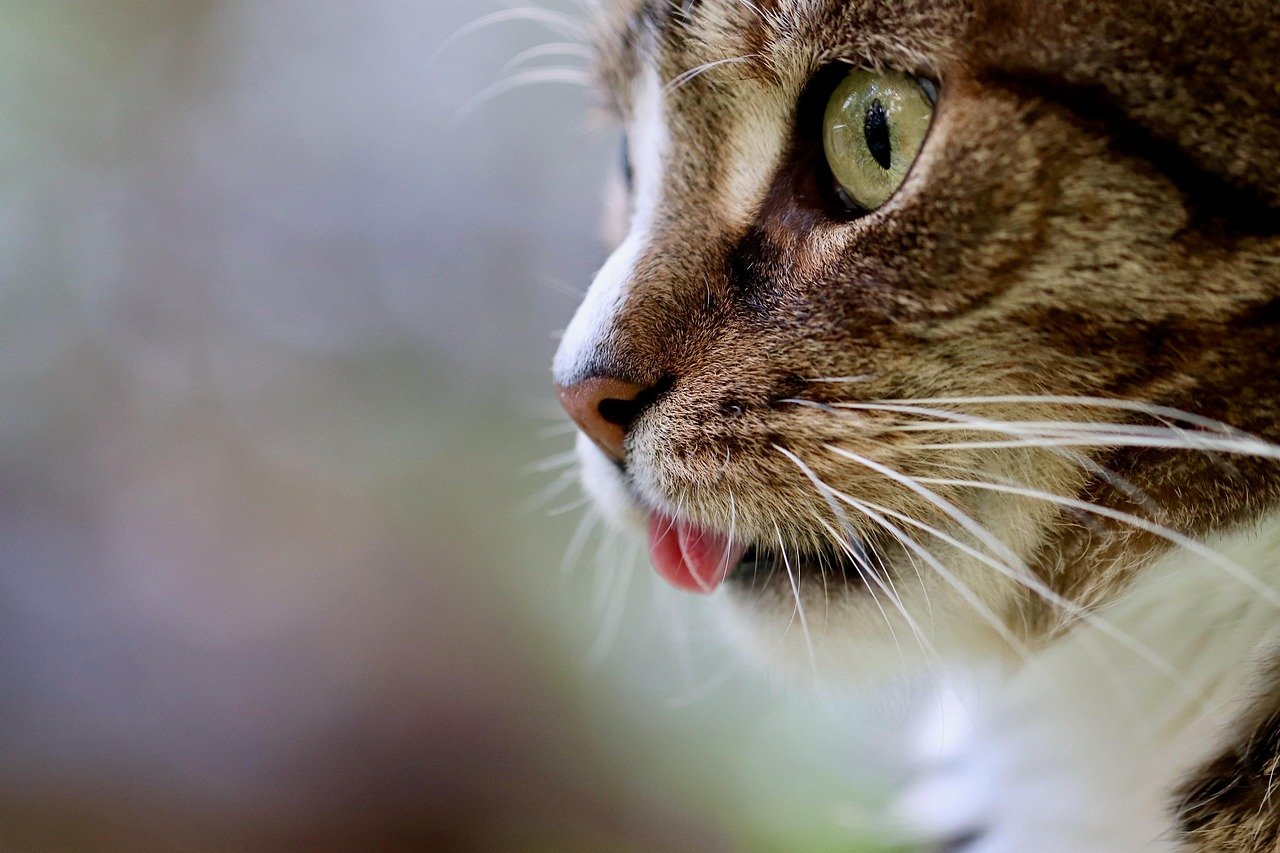
Unlike dogs, cats are often seen as solitary creatures. But this reputation isn’t entirely deserved. Domestic cats have developed a complex social toolkit, especially when living with humans and other pets. In multi-cat households, they form alliances, share resources, and even comfort each other after stressful events. Observing a mother cat nurturing her kittens or two adult cats grooming each other reveals a softer, more communal side. This social intelligence sets the stage for empathy—after all, understanding others is a key part of getting along in a group. The question is, how deep does this understanding go?
Do Cats Really Feel Human Emotions?

If you’ve ever cried in front of your cat, you may have noticed a change in their behavior. Some cats approach quietly, others sit close by, and a few may even reach out with a gentle paw. Scientific studies have started to confirm that cats notice our emotional states. Researchers have observed cats responding differently to happy, angry, or sad human voices and facial expressions. While not every cat reacts the same way, evidence suggests they at least recognize when something is off. This ability to pick up on human feelings is the first step toward true empathy.
The Science Behind Cat-Human Bonding
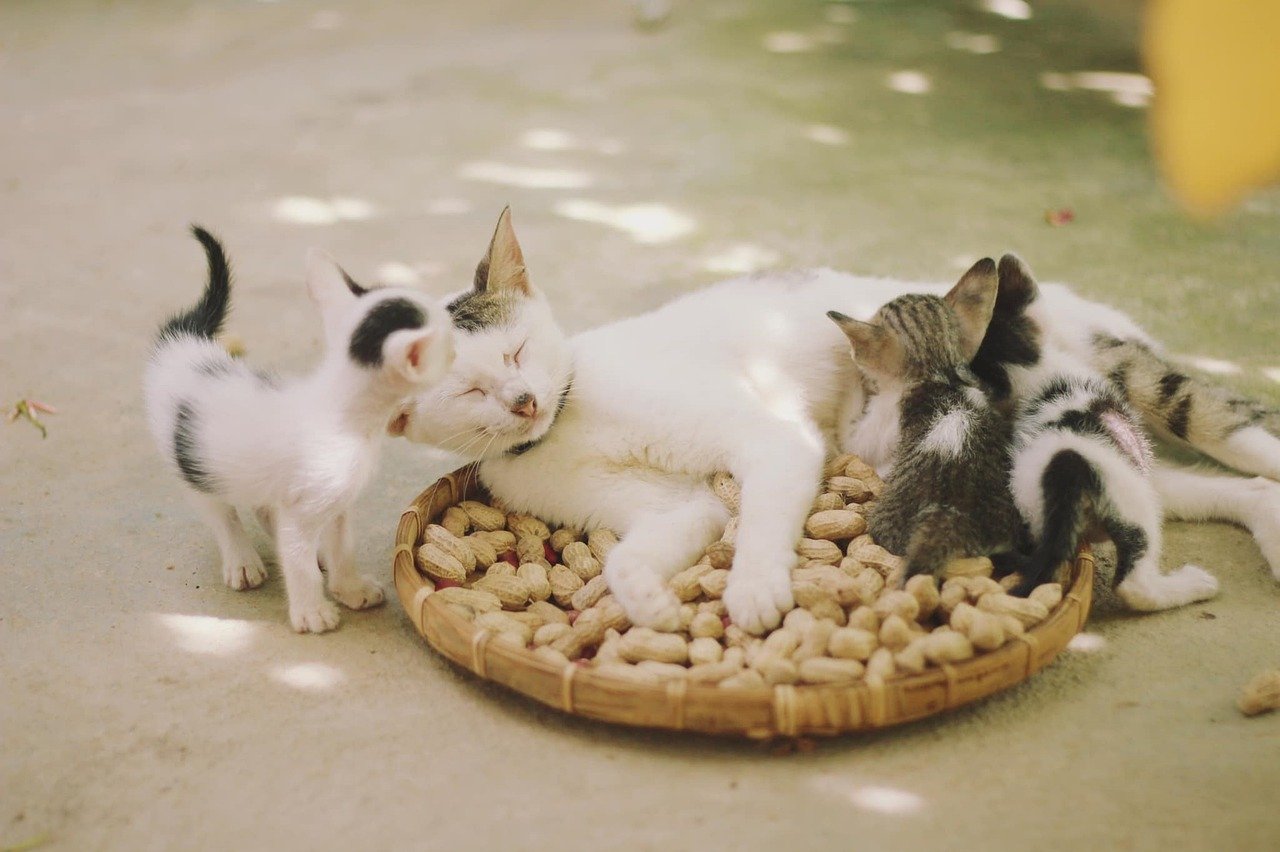
Recent studies have shown that the bond between cats and their humans can be as strong and meaningful as the bond between dogs and their owners. In experiments where people displayed distress, many cats responded by seeking proximity, touching, or vocalizing in a way that seemed aimed at comforting their person. This isn’t just a fluke—when compared to random behavior, these responses suggest intentionality. Some scientists believe that the thousands of years cats have spent living alongside humans have shaped them into expert emotional readers, even if they express it in subtle ways.
Reading Cat Body Language for Emotional Clues
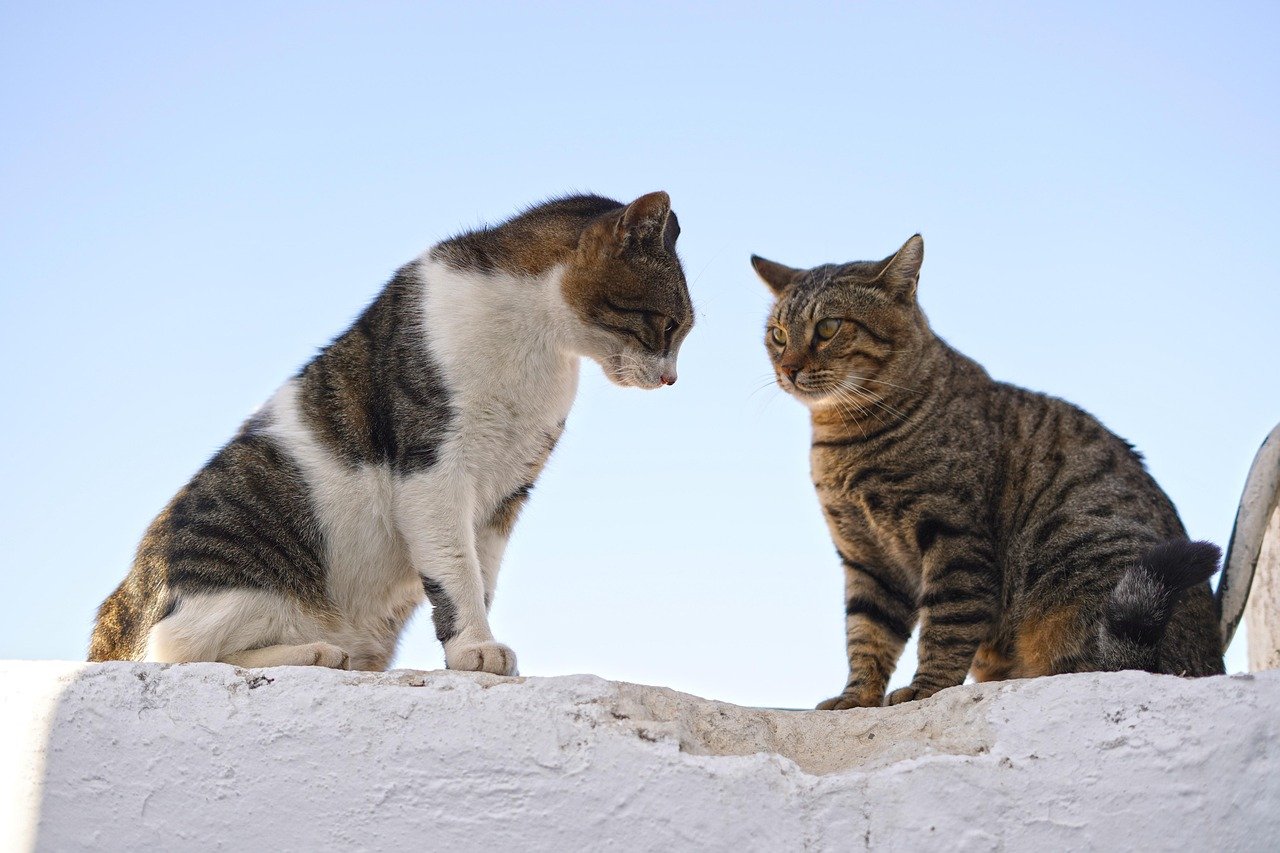
Cats may not use words, but their bodies speak volumes. A twitching tail, slow blink, or gentle purr can reveal a whole range of emotions. When a cat senses their human is upset, they might curl up beside them or nuzzle their hand. These gestures aren’t random; they’re part of a silent language of comfort and connection. Observant owners quickly learn to interpret these signs, creating a feedback loop of trust and understanding. The more you pay attention to your cat’s cues, the more you’ll notice their quiet efforts to offer support.
Stories of Feline Comfort in Times of Need

Ask around, and you’ll find countless stories of cats providing comfort during tough times. From lying on the chest of a grieving owner to gently licking away tears, cats seem to have an uncanny knack for showing up when they’re needed most. One woman recalls her cat curling around her head during every migraine, refusing to leave until the pain subsided. Another tells of her cat sleeping at her side night after night while she recovered from surgery. These stories, while anecdotal, add color and emotion to what science is only beginning to explain.
Do Cats Mirror Our Moods?
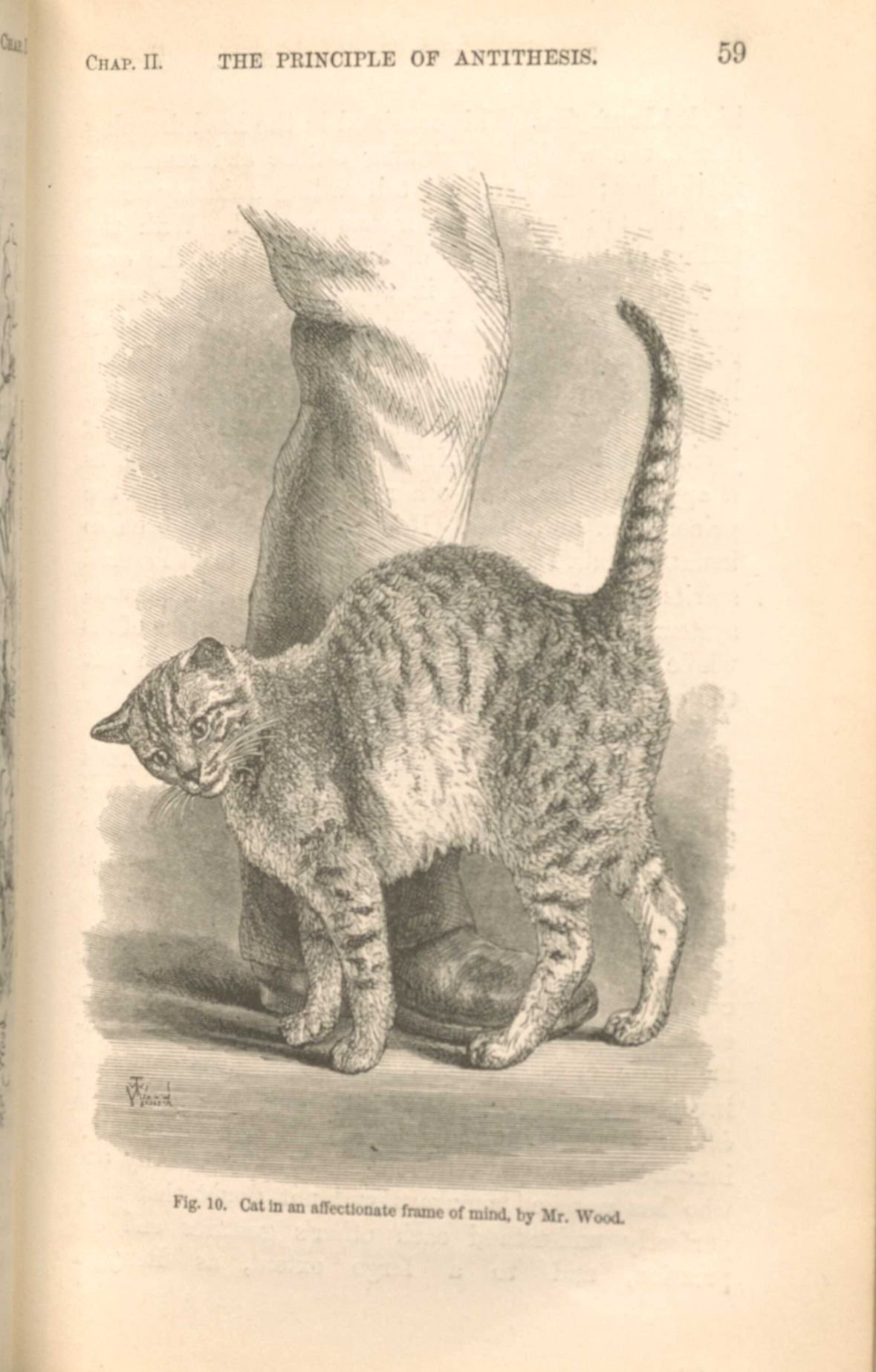
Have you noticed your cat acting more subdued when you’re feeling down? Or perhaps bouncing around with extra energy when you’re happy and playful? Research suggests that cats are skilled at mirroring the emotional states of their owners. This might be their way of maintaining harmony in the home, or simply a byproduct of their close relationship with humans. For many people, it’s a source of comfort to know their mood isn’t going unnoticed. The idea that your cat “gets you” isn’t just in your head—it’s reflected in their behavior.
Empathy in Multi-Pet Households

In homes with multiple pets, the dynamics can be fascinating. Cats often display empathy not just toward humans, but also toward their animal companions. If one cat is ill or stressed, others may offer gentle grooming or simply keep them company. Similarly, some cats will comfort a dog or even a rabbit in distress. These cross-species acts of empathy highlight the flexibility and depth of feline social intelligence. Watching pets support each other can be both touching and enlightening, reminding us that empathy isn’t limited to our own species.
What About Cats and Children?
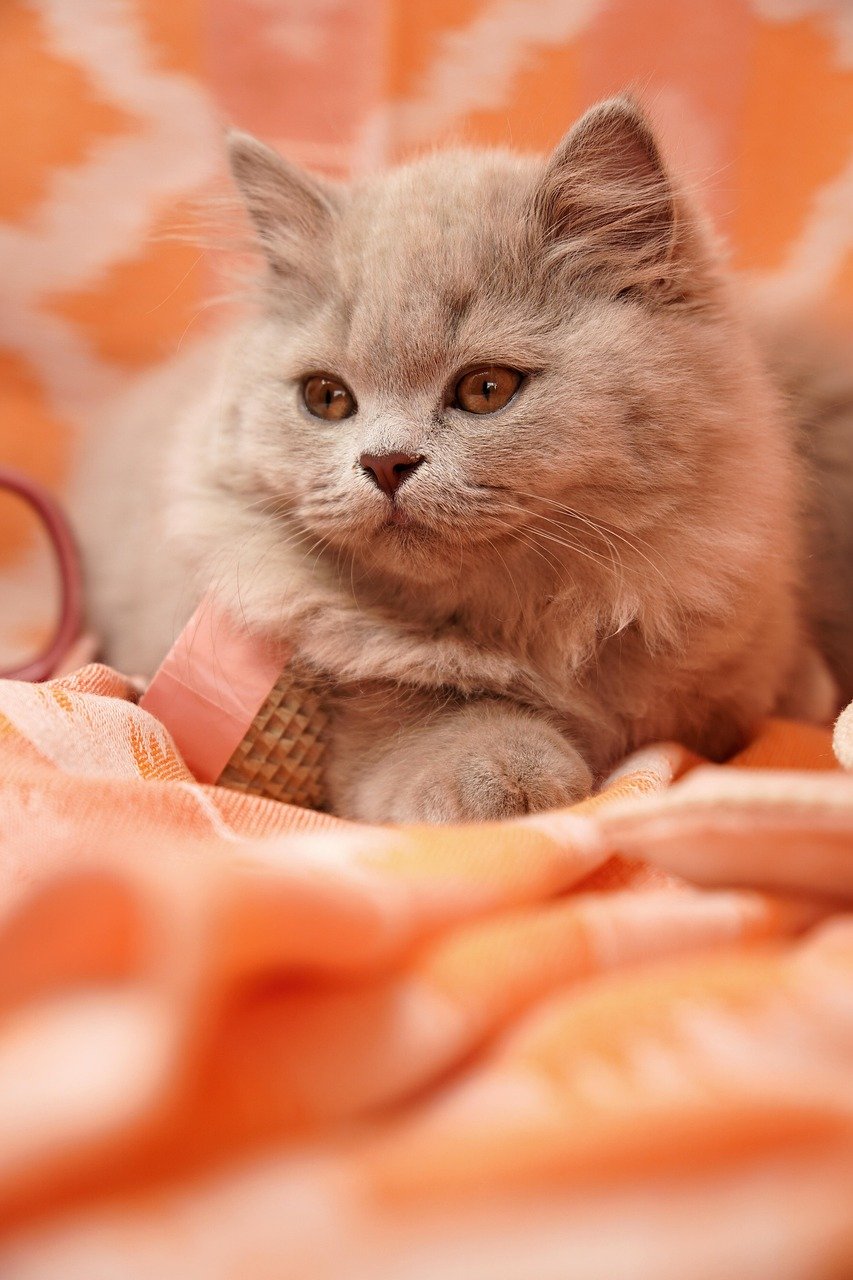
Children and cats can form especially strong bonds, often built on a foundation of mutual curiosity and play. Studies have found that cats will sometimes gravitate toward children who are upset, sitting nearby or offering a gentle paw. For kids with special needs or anxiety, the presence of a cat can be incredibly calming. These relationships can teach children about compassion and emotional awareness, as they learn to interpret and respond to their cat’s signals. The empathy between a child and a cat can be a two-way street, growing deeper over time.
Breed Differences in Feline Empathy

Not all cats are created equal when it comes to empathy. Some breeds, like the Ragdoll or Maine Coon, are known for their affectionate, people-oriented personalities. Others, such as Siamese or Scottish Folds, often seek out human interaction and seem particularly responsive to their owners’ emotions. Of course, every cat is an individual, and personality plays a huge role. Still, understanding breed tendencies can help set expectations for those seeking a deeply empathetic feline companion. No matter the breed, patience and time are key to nurturing these connections.
The Role of Early Socialization
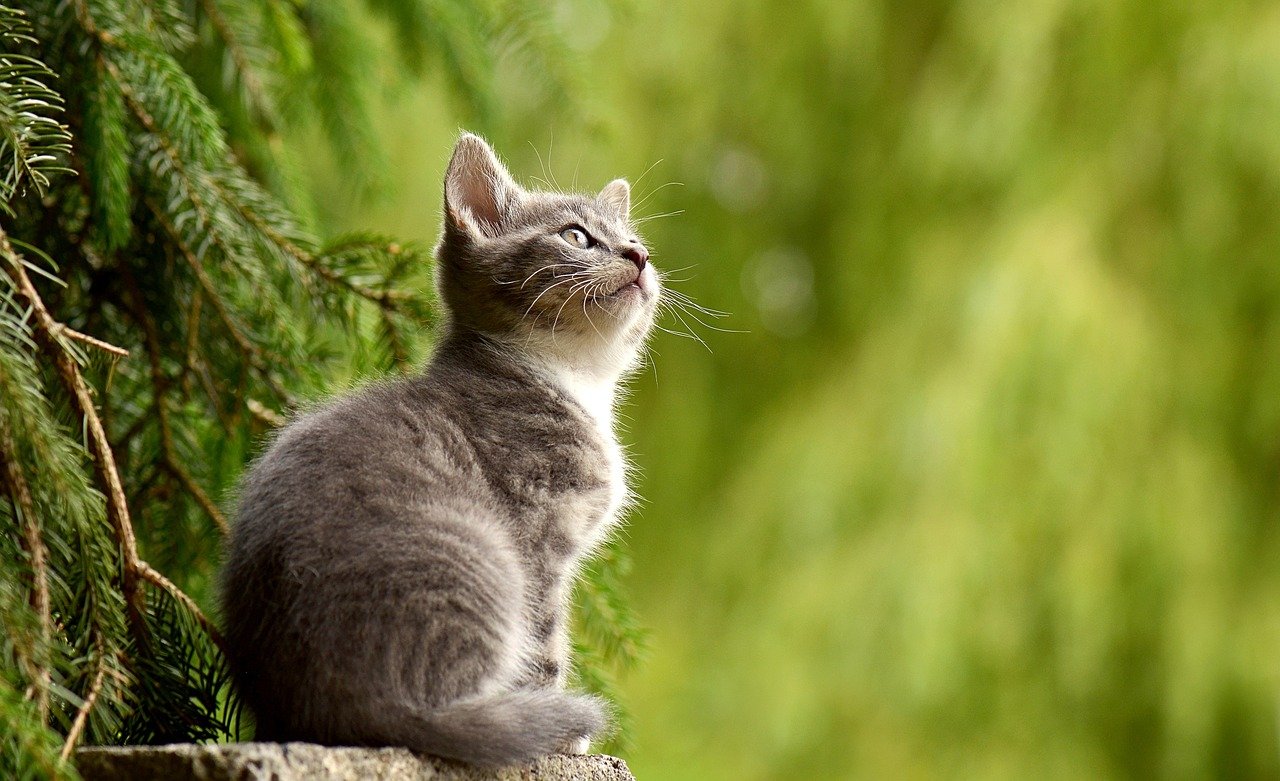
A cat’s upbringing has a huge impact on its ability to empathize. Kittens raised in loving, attentive environments are more likely to develop strong social skills and a sense of security. Positive experiences with humans and other animals during the first few months of life can foster trust and emotional awareness. On the other hand, cats that lack early socialization may be more reserved or hesitant to engage. This doesn’t mean they can’t form connections—it just might take longer for their empathetic side to shine through.
How Stress Affects Feline Empathy

Just like people, cats aren’t at their best when they’re stressed. Changes in routine, loud noises, or the arrival of a new pet can all disrupt their emotional balance. In these moments, even the most empathetic cat may retreat or act out. Recognizing the signs of feline stress—like hiding, reduced appetite, or excessive grooming—can help owners support their pets through tough times. When cats feel safe and secure, their natural empathy is more likely to surface, strengthening the bond with their humans.
Can Cats Sense Illness or Pain?

There are countless reports of cats detecting illness in their owners before anyone else notices. Some cats sit on the spot where their person is injured, while others refuse to leave the side of someone battling a fever or chronic pain. While science is still unraveling how cats pick up on these changes, some theories point to their acute senses of smell and observation. Subtle shifts in body chemistry, movement, or routine may signal to a cat that something isn’t right. Their response—whether it’s staying close or offering extra affection—can feel like a lifeline.
The Link Between Cat Empathy and Purring

Purring is one of the most comforting sounds a cat can make, often associated with contentment and relaxation. But research suggests purring can also be a tool for soothing both themselves and their humans. When a cat senses distress, their purr may become deeper or more frequent, almost like a feline version of a lullaby. Some scientists believe the vibrations from purring have healing properties, helping to reduce stress and even promote physical healing. Sharing this soothing sound can be a powerful act of empathy.
How Cats Use Touch to Communicate Care
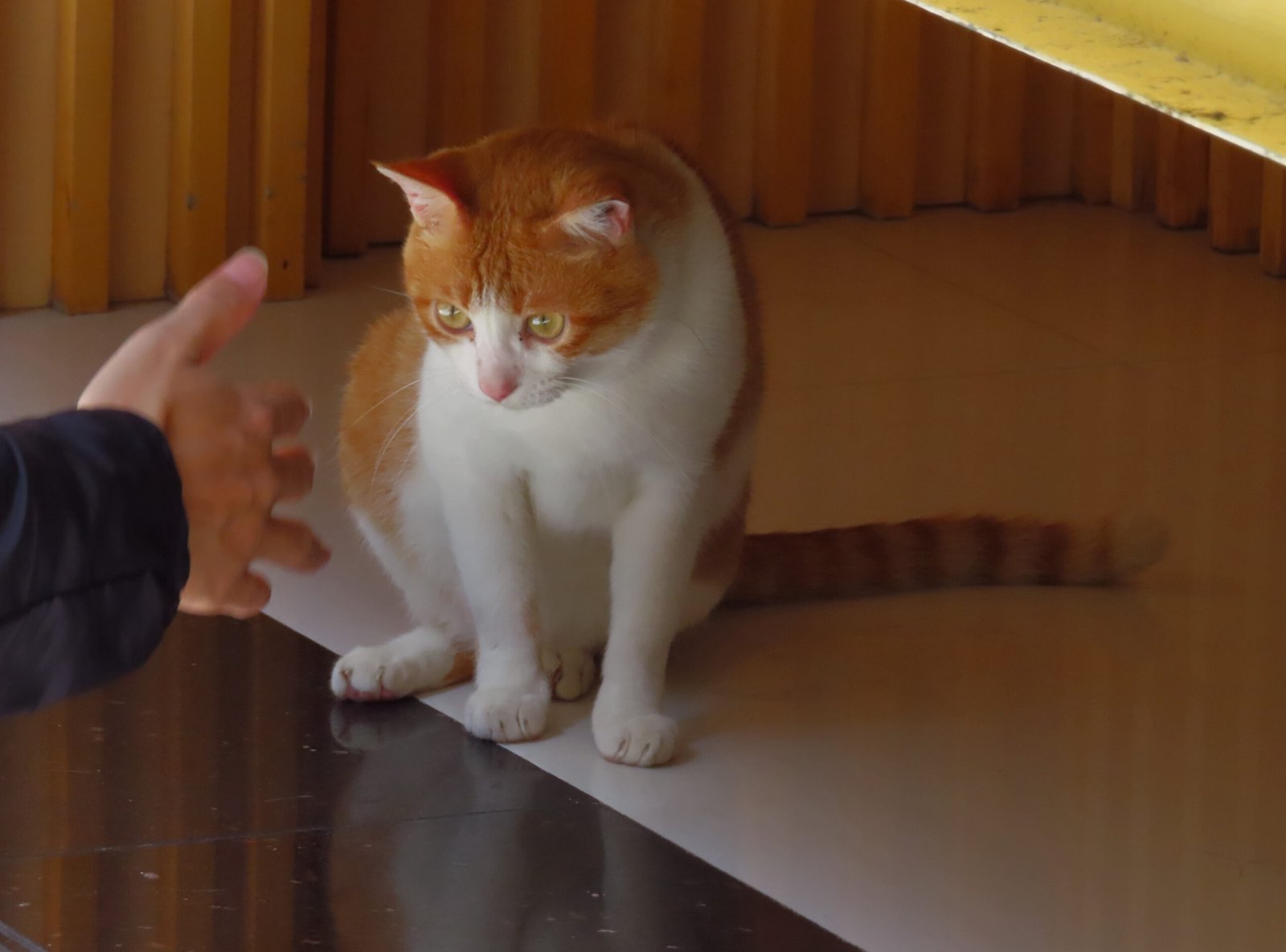
A gentle headbutt, a slow paw on the arm, or curling up in your lap—these little acts of touch are a cat’s way of saying, “I’m here.” For many people, this physical closeness is the ultimate comfort. Unlike dogs, who might jump up and lick your face, cats often use more subtle gestures. These touches, though small, carry a lot of meaning. They remind us that empathy isn’t always loud or flashy; sometimes, it’s found in the quiet presence of a purring friend.
Facial Expressions: A Two-Way Street

Cats are experts at reading facial expressions, both in other animals and humans. If you’re frowning or crying, your cat might approach more cautiously or offer comfort. Conversely, if you’re smiling or laughing, they may become more playful. This sensitivity goes both ways—owners also learn to read their cat’s “moods” through subtle changes in eye shape, whisker position, or ear movement. Over time, this mutual understanding builds a strong foundation for empathy and trust.
Vocalizations as Emotional Responses

Not all cat sounds are created equal. A soft chirp, a plaintive meow, or a deep purr can each communicate different feelings. Researchers have found that cats adjust their vocalizations based on the emotional state of their owners. If you’re upset, your cat might meow more softly or use a different tone. These vocal cues are another tool in the feline empathy toolkit, helping them connect and respond to the people they care about.
Feline Empathy in Therapy and Support Roles
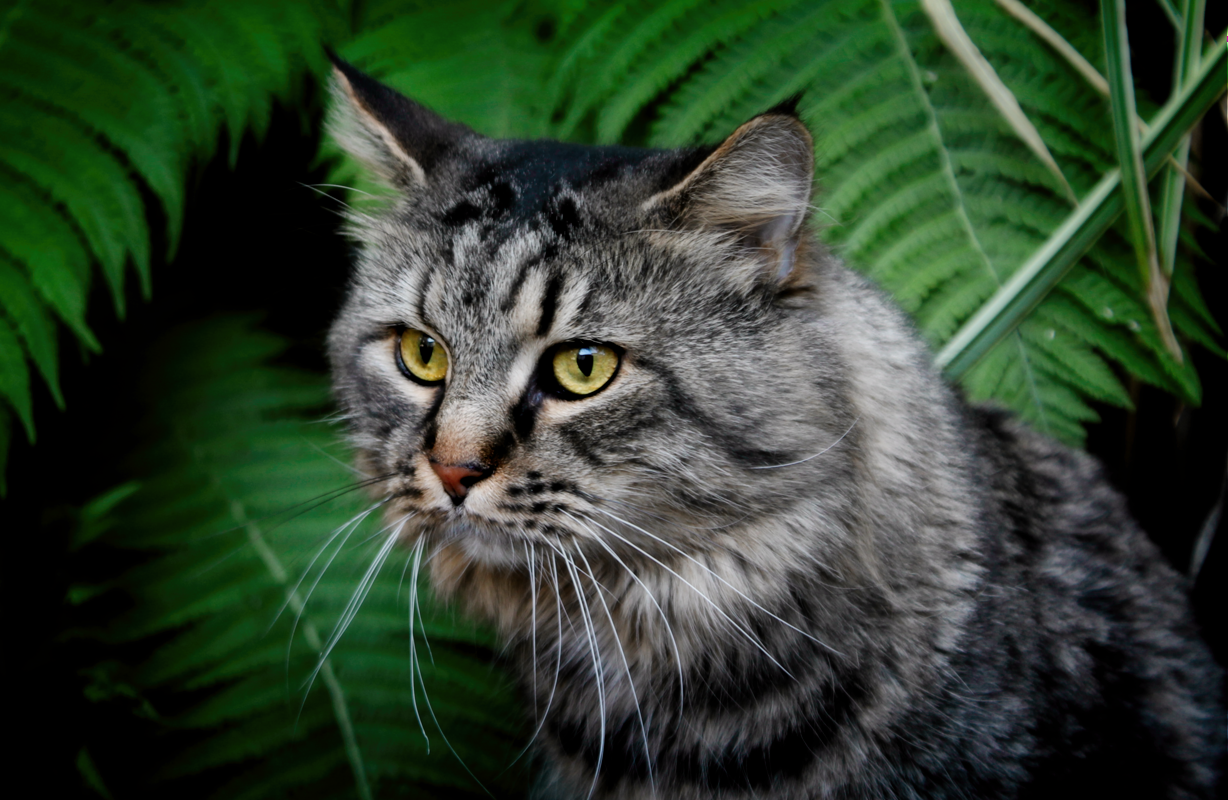
It may come as a surprise, but some cats are officially recognized as therapy animals. In nursing homes, hospitals, or homes with individuals facing mental health challenges, therapy cats provide comfort and companionship. Their ability to sense and respond to human emotions makes them invaluable in these roles. Patients often report lower stress and a greater sense of well-being after spending time with a therapy cat. These stories highlight the powerful, real-world impact of feline empathy.
Limitations and Myths About Cat Empathy

Despite all the heartwarming stories, it’s important to remember that cats are still animals with their own instincts and limits. Not every cat will offer comfort in the same way, and some may seem indifferent to human emotions. Myths about cats being “aloof” or “uncaring” are slowly being debunked, but unrealistic expectations can lead to disappointment. Understanding and respecting your cat’s boundaries is just as important as appreciating their moments of empathy. Every cat is unique, with their own way of showing love.
How to Encourage Empathy in Your Cat

Building a strong, empathetic bond with your cat takes time and patience. Regular play, gentle touch, and positive reinforcement can help your cat feel safe and secure. Pay attention to their cues and respect their boundaries—forcing interaction rarely leads to genuine connection. Creating a calm, predictable environment allows your cat’s natural empathy to blossom. Over time, these efforts add up, deepening your relationship and making those moments of mutual understanding even more special.
The Future of Feline Empathy Research

The study of feline empathy is still in its early days, but interest is growing. New technologies, like wearable sensors and video analysis, are helping researchers observe cats in more detail. As our understanding deepens, we may discover even more surprising ways that cats connect with us emotionally. The next decade promises exciting insights into the minds of our feline friends. For now, every gentle headbutt and comforting purr is a reminder of the quiet power of empathy—no matter what science has yet to explain.
Hi, I’m Bola, a passionate writer and creative strategist with a knack for crafting compelling content that educates, inspires, and connects. Over the years, I’ve honed my skills across various writing fields, including content creation, copywriting, online course development, and video scriptwriting.
When I’m not at my desk, you’ll find me exploring new ideas, reading books, or brainstorming creative ways to solve challenges. I believe that words have the power to transform, and I’m here to help you leverage that power for success.
Thanks for stopping by, Keep coming to this website to checkout new articles form me. You’d always love it!






